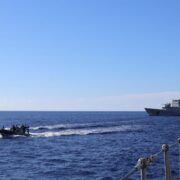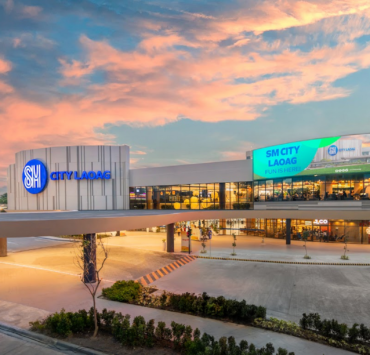The northern edge is now in play
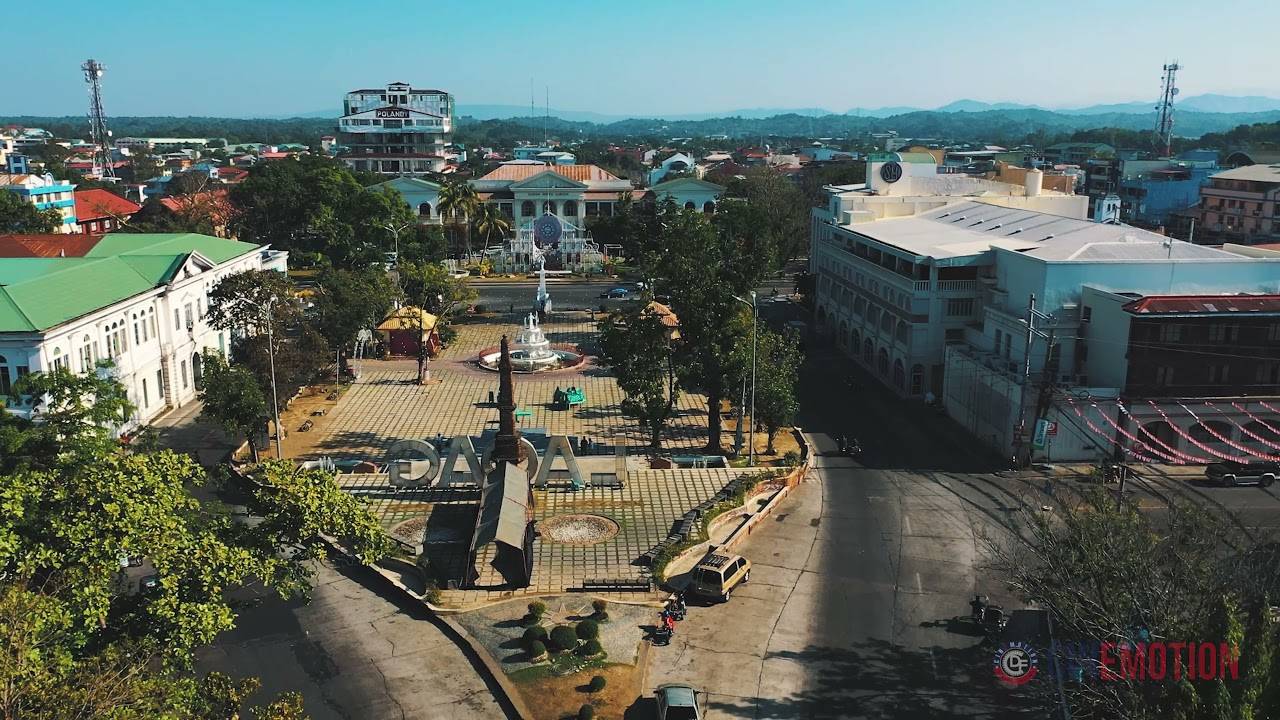
The northernmost tip of Luzon rarely captures the attention of the country’s commercial headlines.
Yet Laoag is quietly evolving into an unexpected growth frontier. Its distance once considered a liability, now positions it as a unique commercial node that connects several emerging trade corridors across Asia.
Its proximity to the Taiwan Strait and the wider East Asian shipping lanes positions it as a potential node for cross border logistics and trade activities. Unlike the heavily saturated central corridors of Luzon, Laoag enjoys unencumbered access to the northern air and sea routes, giving it logistical flexibility as trade patterns shift in the IndoPacific region.

Turning isolation into accessibility
The continued upgrades to Laoag International Airport have quietly elevated its relevance for both passenger and cargo flows. The airport is increasingly functioning as a gateway not only for tourism but also for logistical access to northern Luzon.
Complementing this is the completion of roadworks such as the Laoag bypass and expansions that connect to Pagudpud, Cagayan, and the eastern interiors. Equally notable is the port activity in Currimao, which is slowly attracting interest for potential logistics and small-scale maritime trade operations.
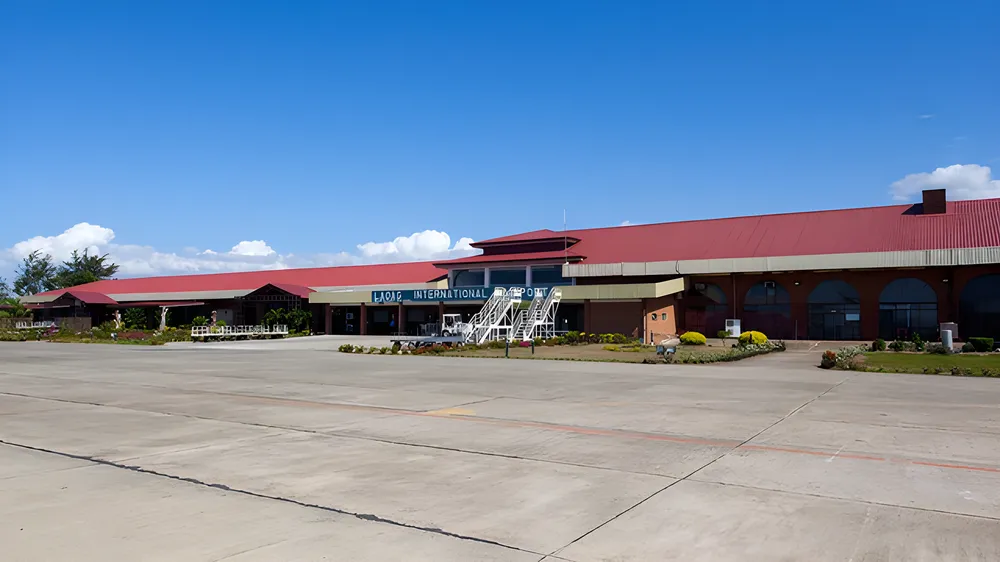
LGU’s government’s calculated push
Ilocos Norte’s local government has become more aggressive in courting both domestic and foreign investors. Incentives target sectors such as agri-business, logistics, tourism, and even light manufacturing.
Quiet but significant moves have also initiated the development of renewable energy and digital infrastructure, signaling long term planning for modern industries that could thrive in provincial settings.

Foreign interest quietly taking positions
Investors from Taiwan, South Korea, and certain regions of China have initiated exploratory partnerships with local entities.
Families of overseas Filipino workers (OFWs) continue to infuse liquidity into landbanking and small scale mixed-use developments. Philippine developers have also placed Laoag on their radar for expansion, recognizing its early stage window for value appreciation.
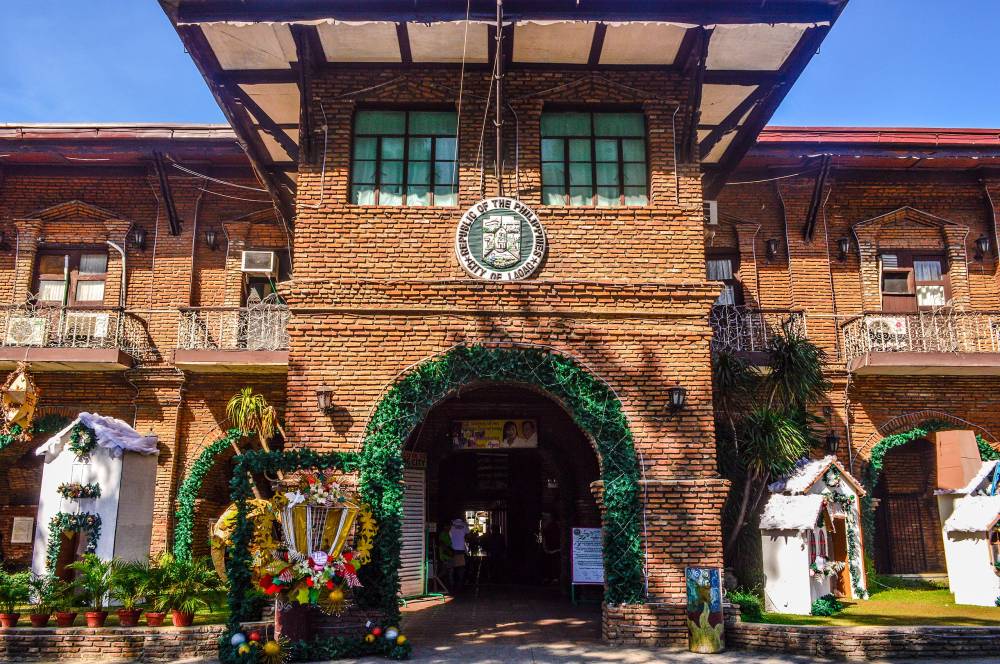
The emerging consumption class
A rising middle class has started to drive demand for better retail experiences, hospitality facilities, educational institutions, and healthcare services. The tourism sector continues to generate seasonal demand, but beneath this is a slowly forming year round base population that is increasingly sophisticated in its consumption patterns.
Health tourism and retirement options have quietly emerged as viable segments, thanks to Laoag’s high quality of life, access to nature, and cleaner air.
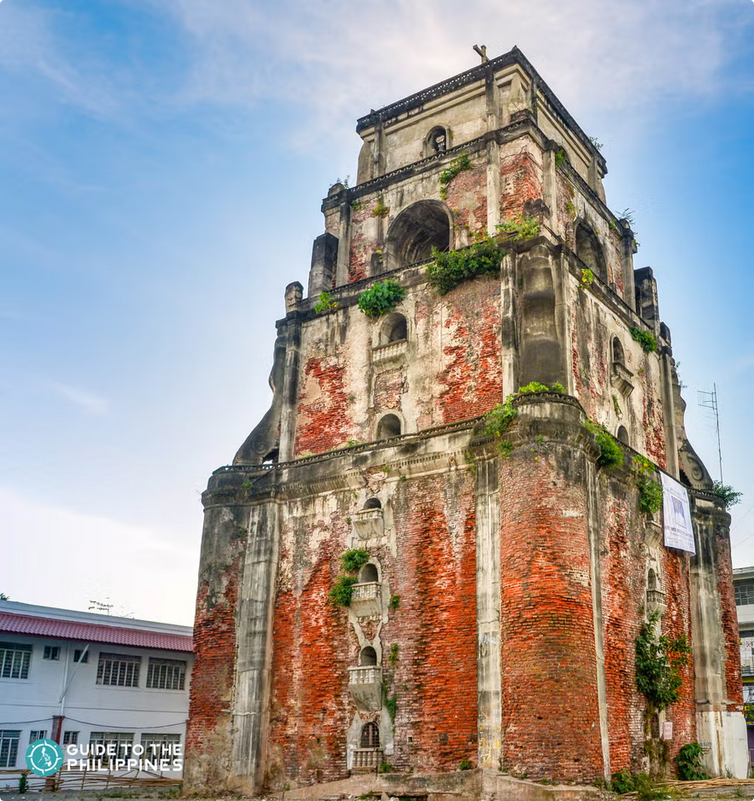
Land values still favor institutional plays
The most attractive asset is Laoag’s land availability and pricing. Compared to heavily priced nodes like Baguio, La Union, or Subic, Laoag still offers large tracts of raw, developable land within pricing bands that are attractive for institutional-scale investments.
Industrial estates, logistics hubs, and even township scale residential and commercial complexes can expand on the existing landbanks. Behind these larger players, smaller groups have already begun quiet land consolidation efforts.
The compounding path of Laoag’s growth
As larger urban centers mature and saturate, Laoag positions itself as a clean slate for investors and developers who recognize the timing. The window remains open for those who understand how early stage growth behaves long before the rest of the market awakens to its full potential.
The author (www.ianfulgar.com), is a leading architect with an impressive portfolio of local and international clients. His team elevates hotels and resorts, condominiums, residences, and commercial and mixed-use township development projects. His innovative, cutting-edge design and business solutions have garnered industry recognition, making him the go-to expert for clients seeking to transform their real estate ventures










